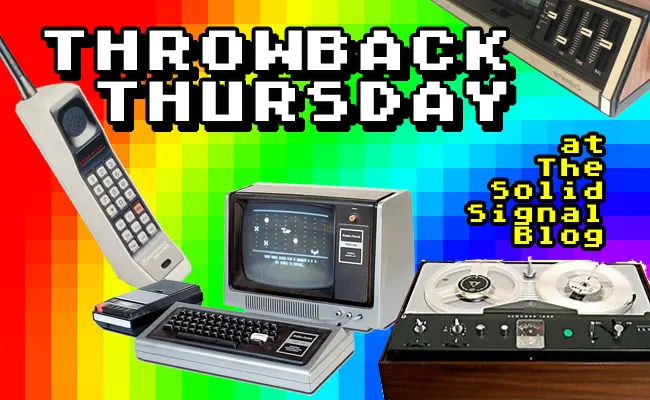Today, we take it for granted that you pay one fee and you get access to about 99.9% of songs ever recorded plus every single podcast, even the ones you don’t want. So who came up with that idea? It was Spotify, right? Not even close. The story of the first popular mass-market streaming audio service goes back a lot further than you think.
Let’s get real

Remember RealPlayer? If you were online in the early 21st century, you probably do. And, you probably haven’t thought about it in years. In the days before YouTube, a company called RealNetworks owned the downloadable video space. They gave away the player, but charged for the server and server software. Back then, the internet wasn’t really fast enough to let you even stream audio, let alone video. So, RealPlayer would download and buffer enough to let you watch, saving the files on your hard drive. It’s a scheme that’s still used today to some degree, but it’s not as necessary of course.
RealPlayer had its heyday in the dialup era, but like many other standalone companies they fell victim to Microsoft’s dominance in the era. Microsoft essentially bundled the ability to serve downloadable video into its servers, dealing a blow to RealPlayer, Then, when Google bought YouTube, the writing was on the wall for RealPlayer and its parent RealNetworks. By the mid-’00s you could actually stream without a lot of buffering, and YouTube made it easy for everyone to put up their own content.
Enter Rhapsody
The first all-you-can-stream audio service was called Rhapsody. Rhapsody started out as an independent company and originally called TuneTo.com. However, by 2003 RealNetworks bought the technology, got licenses from major record producers, and launched the service.
At first, Rhapsody was captivating. People flocked to it even though the price was on the high side. By 2010, when RealNetworks spun Rhapsody off into an independent operation, they had about 650,000 subscribers. However, the writing was on the wall.
The elephant in the room
Interestingly, 2003 also saw the launch of the iTunes Music Store, which offered people reasonable prices on individual songs rather than an all-you-can-stream service. Apple’s iPod was the king of the heap of music devices by then. It was, of course, succeeded by the iPhone. iTunes 99 cent songs and $9.99 albums were incredibly popular and essentially crushed Rhapsody.
Rhapsody’s fall was as swift as its rise. The company acquired the rights to the Napster name in 2011, and eventually started calling itself Napster. That company was rebranded and sold three times in the decade to follow, with fewer and fewer people eventually caring.
But they weren’t wrong.
Rhapsody had the right idea, just the wrong timing. Offering up a streaming service for a single monthly fee became popular again in the late ’10s, too late for Rhapsody/Napster to capitalize. Pandora, Spotify, Tidal, and more rose up in the space and took it further than Rhapsody ever could. Even Apple, the company that crushed Rhapsody with its cheap downloads, shifted over to a streaming model.
It just goes to show that in order to become a success, you need everything to go right for you. Otherwise, you’ll end up a footnote like Rhapsody while the company that ate your lunch goes on to do exactly what you tried to do.





